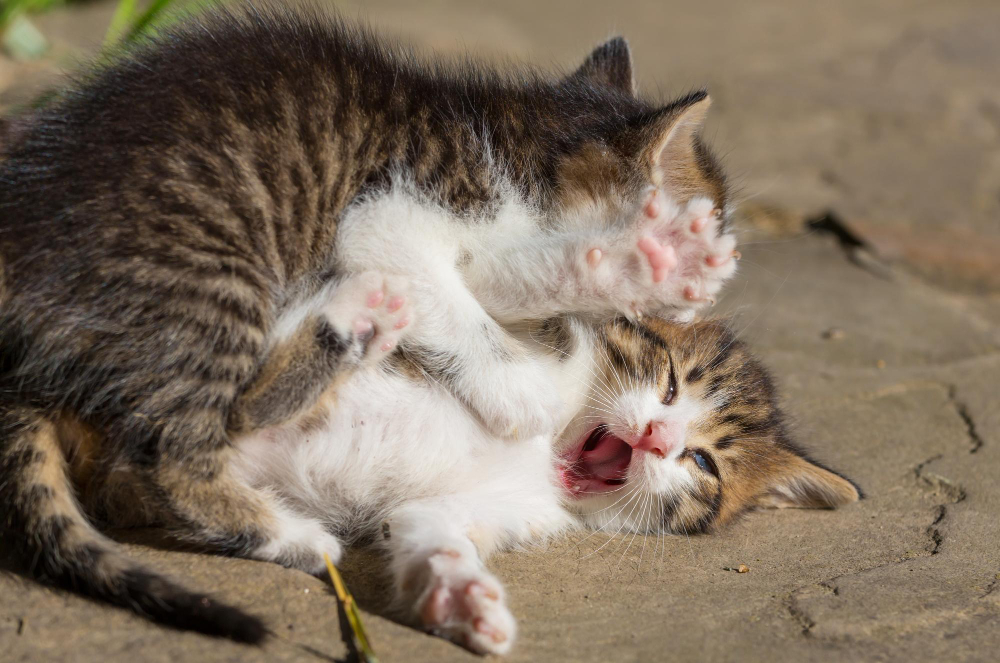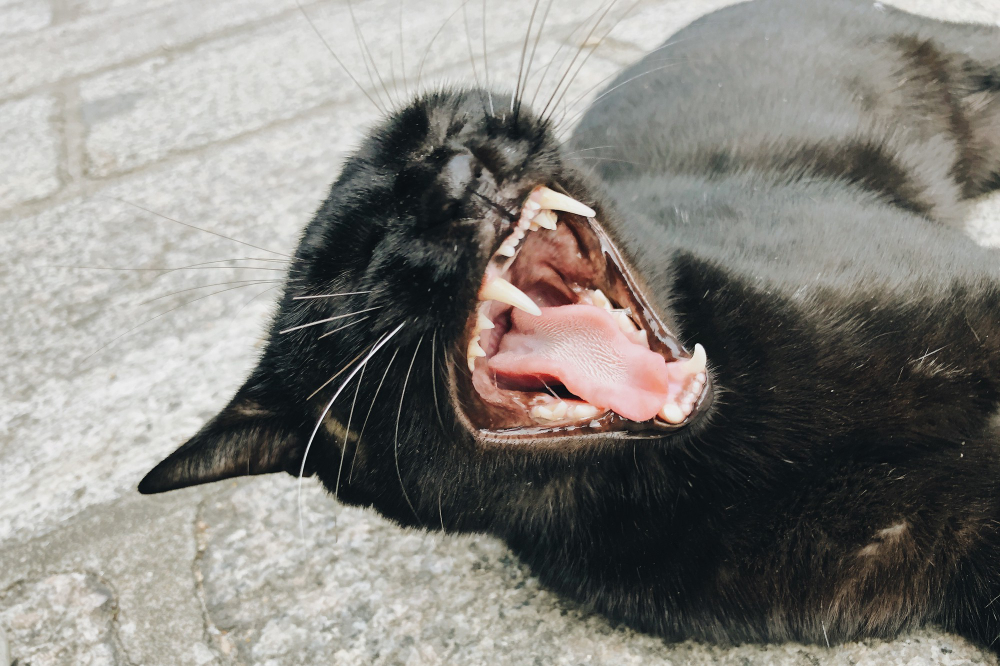When it comes to deadly diseases in pets, rabies ranks among the most feared—and for good reason. This virus can infect any mammal, including our beloved cats and even humans. While it’s relatively rare in well-vaccinated domestic pets, it’s still essential to understand what rabies is, how it spreads, and how to recognize early and late-stage symptoms if your feline friend is at risk.
In this guide, we’ll walk through the warning signs of rabies in cats, how the virus progresses, and what every responsible pet owner should know about prevention, diagnosis, and prognosis.
Contents
What Is Rabies?
Rabies is a highly infectious and fatal viral disease that primarily attacks the nervous system. It’s passed through saliva, often via bites or scratches from infected animals, and once symptoms appear, the outcome is almost always fatal.
Cats, like all mammals, are susceptible to this virus. Though indoor-only pets are at far less risk, outdoor cats—or those that interact with wildlife—face a much higher chance of exposure.
The virus travels through the body by targeting the brain and spinal cord, which is why neurological and behavioral symptoms are so common in infected animals.
How Do Cats Get Rabies?
Rabies transmission usually happens through bites from an already infected animal, such as raccoons, skunks, bats, or unvaccinated dogs or cats. Even a small scratch that introduces infected saliva into the bloodstream can be enough to spread the virus.
Cats that roam outdoors are particularly vulnerable, as they’re more likely to encounter wildlife or get into territorial fights with other animals.
Early Symptoms of Rabies in Cats
One of the most frustrating things about rabies is how subtle the initial symptoms can be. During the incubation period—often a few days to several weeks—the virus may be present in the body but show no signs.
Once symptoms begin, they often appear as non-specific health issues that many pet owners might not immediately connect with rabies.
Common Early Signs Include:
- Fever
A feline fever is defined as a temperature over 103°F. It’s often one of the first indicators that something’s not right, but it’s also common with many other illnesses. - Unusual Fatigue
If your cat seems more lethargic than usual—less active, sleeping excessively, or uninterested in their surroundings—it could be an early warning sign. - Loss of Appetite
A reduced interest in food is always worth monitoring, especially if it’s accompanied by other unusual behaviors or physical changes.
At this stage, it’s very easy to confuse rabies with other feline illnesses or even temporary fatigue. That’s why paying attention to a combination of symptoms is crucial.

Worsening Symptoms of Rabies in Cats
As the virus continues to spread through the nervous system, symptoms become much more obvious and alarming. This transition typically happens within a few days.
Key Symptoms of Advanced Rabies Include:
- Seizures
Rabies-induced neurological damage often leads to muscle spasms and seizures. These episodes can range from minor tremors to violent convulsions. - Partial or Full Paralysis
One of the classic signs of rabies is paralysis, especially in the jaw, throat, or hind legs. This explains the common image of a foaming mouth—because the animal can’t swallow. - Drastic Behavior Changes
Once calm and friendly cats may suddenly become agitated, unpredictable, or violently aggressive. In some cases, a cat may instead withdraw completely, becoming fearful or unresponsive.
These symptoms are extremely serious and typically indicate that the disease is entering a terminal stage.
Advanced Stages: The Two Phases of Rabies in Cats
There are two primary phases that characterize end-stage rabies in felines. Some cats may only experience one, while others progress through both.
The Furious Phase
This stage is marked by intense aggression and agitation. Even typically gentle cats may scratch, hiss, or bite without provocation. Their pupils may appear dilated, and they may become hypersensitive to light, sound, or touch.
Owners often describe their cats as “possessed” or “completely different,” which is why the change is so unsettling.
The Paralytic Phase
Regardless of whether a cat experiences the furious phase, the paralytic phase always follows. This stage is characterized by rapid muscle failure, especially in the throat and legs.
Signs include:
- Excessive drooling or foaming
- Inability to eat or drink
- Collapsing or dragging limbs
- Eventually, loss of consciousness and death
Once this phase begins, there is no chance of recovery.
Frequently Asked Questions About Rabies in Cats
Can Rabies Be Cured in Cats?
Unfortunately, no. There is no cure for rabies once symptoms have developed. The disease is 100% fatal in symptomatic animals, which is why prevention through vaccination is so critical.
How Long Does It Take for Rabies to Kill a Cat?
Once symptoms start to show, most cats pass away within 7 to 10 days. In some cases, the disease can progress even faster.
Is Rabies Common in House Cats?
Not particularly—thanks to widespread vaccination, rabies in indoor-only cats is rare. However, feral or outdoor cats are at a much higher risk, especially in areas where wildlife rabies is prevalent.
How Do I Prevent My Cat from Getting Rabies?
The most effective method is to keep your cat up to date on their rabies vaccine. This vaccine is considered essential and is usually required by groomers, shelters, and boarding facilities.
Vaccination Timeline:
- Initial shot: At 12 to 16 weeks of age
- First booster: 1 year later
- Ongoing boosters: Every 1 to 3 years, depending on local regulations and the vaccine used
In addition, keeping your cat indoors and minimizing their contact with wild or stray animals significantly lowers their risk.
Final Thoughts: Rabies is Preventable—Don’t Take the Risk
Rabies may be rare, but when it strikes, the consequences are always tragic. That’s why awareness and prevention are non-negotiable for every cat owner.
- Keep your cat’s rabies vaccination current
- Limit unsupervised outdoor activity
- Contact your vet immediately if your pet is bitten by a wild animal or begins to show unusual behavior
By staying informed and proactive, you’re not just protecting your cat—you’re protecting your entire household and community.








